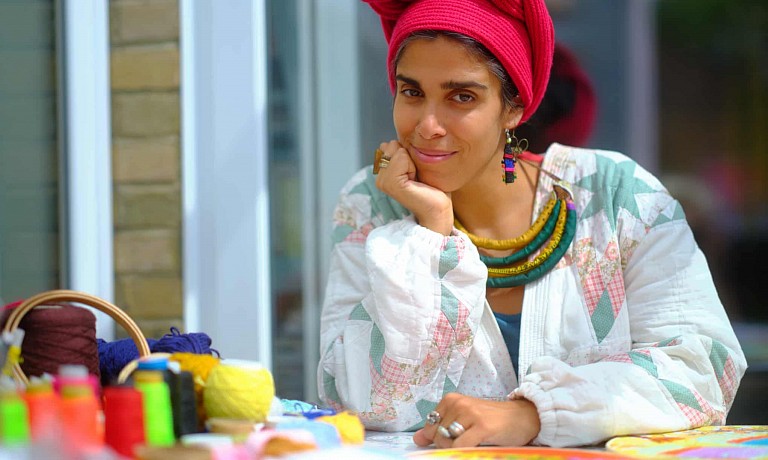
Back for good: the fine art of repairing broken things
August 22, 2021 - The Guardian
When Aldous Huxley wrote Brave New World in 1932, he portrayed a society in which the importance of discarding old clothes was whispered into the ears of sleeping children (“Ending is better than mending. The more stitches, the less riches”) – so vital was the imperative to drive consumption of the new. He set his novel 600 years into the future, but later suggested that its “horror may be upon us within a single century”. He wasn’t far off.
Product life spans are getting shorter – one UK-based fashion company advises buyers to work to quality standards that assume a dress will stay in its owner’s wardrobe for less than five weeks. And it’s not just clothes: household appliances can be cheaper to replace than repair, with spare parts often available only if harvested from retired machines. Something as simple as a depleted battery frequently spells the end for today’s hermetically sealed electronic devices, and even attempting a repair can render warranties invalid.
But a new law – the “right to repair bill” – has just come into force, aiming to end the “built to break” cycle by requiring that manufactures make spare parts and maintenance information available for their products. The intention is to overcome built-in obsolescence, enable repairs and extend lifespans. The government now expects white goods to last for up to a decade, rather than the seven-year average reported by the Whitegoods Trade Association.
But campaigners, such as the co-founder of the Restart Project, Janet Gunter, argue that the measures don’t go far enough. “This has been widely reported as ‘problem solved’, but the rules only apply to lighting, washing machines, dishwashers and fridges – and they only give spare parts and repair documentation to professionals,” she says. “We want to see ecodesign legislation applied to other hard-to-repair tech products and offer the right to repair to everyone.”
Today, artists and designers are leading the way in exploring what mending really means. They might not be offering to fix your broken toaster, but through exploring the practice of repair, they are laying the groundwork for new ways of thinking about the objects we surround ourselves with. Perhaps we can move away from the veneration of newness that is exemplified by unboxing videos on YouTube, and instead learn to celebrate the storied patina that comes with care and repair.
Aya Haidar

Mending is a metaphor for Aya Haidar. Her Recollections series comprises photographs of war-damaged buildings in Beirut into which she stitches multicoloured embroidery thread to “repair” the bullet holes. “It was about filling in these voids – these holes that are scars, remnants and traces of something that is dark, ugly and traumatising, and filling it with something colourful and joyful,” she says.
Her Lebanese family fled the war in 1982, moving first to Saudi Arabia and then London. “For my family, those damaged buildings remind them of something terrifying, but something that does need to be remembered.”
By embellishing and filling the cracks with beautiful, colourful threads, she emphasises them, so the war that caused them is not forgotten. Haidar’s work focuses on found and recycled objects and explores themes such as loss, migration and memory. In the Soleless Series, she embroidered images of migrants’ journeys on to the soles of their worn-out shoes. “The shoes physically carried refugees across borders and across lands,” she says. “They were so worn and torn that they were not fit for purpose, but instead of throwing them away, I embroidered images of their journeys on to their soles, adding another layer of meaning. I couldn’t return the function to those shoes, but I could tell their story and show their value.”
Haidar runs youth workshops for refugees and uses craft as a way to help them process traumatic experiences. “The physical act of mending works towards an emotional repair,” she says. “Because craft is slow, considered, repetitive and thoughtful, the women who take part in my workshops are left with their own thoughts and the time to process them in the flow of making. It is a solitary process, but also a collective experience. The conversations that come out of the workshops are very real, very honest, very raw. There is a beautiful sense of healing that starts to happen.”
Back to News



